According to the programme tease for Salvage Code Red: “Saving ships from the ravages of nature and the cruel seas is one of the most dangerous operations known to man.” I can honestly say this is true. -During this series our crews have -followed salvors as they have -battled typhoons, fought fires and -pioneered space-age diving -techniques.
Salvage is a multi-million-pound business and it's highly -unpredictable. We had negotiated unprecedented access with two salvage companies - Smit in -Holland and Titan in Florida. These guys are like Thunderbirds - if they get a call to save a ship they scramble their best men and their equipment. The deal was that if we could get a crew there, we could film.
Preparation was key. Our camera-men and producers had to undergo rigorous safety training at Warsash Maritime Academy in Southampton where they were strapped into a helicopter seat and plunged into a swimming pool and flipped over. If they managed to release themselves from this simulated crash landing and could swim to the surface unaided, they got the job.
When the call came in from Smit that it was off to Croatia to try to rescue a roll-on-roll-off ferry that was burning uncontrollably, the team sprang into action. You cannot plan 100% for events like this - it's a production manager's nightmare. Our team had 18 hours to get to Pula to meet up with the -salvors and hitch a ride out to sea. Director/cameraman Paddy -Collins and producer Wael -Dabbous got there after a flight to Rome, another plane to Trieste and a little help from a man with a van to take them the final leg across Slovenia to Pula.
Once there the trick was to work out who to film with - and it's a tribute to the charm of Paddy and Wael that the results are so good because there was no time for auditions. Although Smit's team in Croatia has been told about the TV project, they were under no obligation to be filmed. Salvage is a deadly serious business and they were there to put out a fire and prevent a ship from sinking.
Somehow Paddy and Wael came back with the full story of how the blaze was extinguished - including the salvage master co-ordinating the tug boats from the side of the ferry, and the heroic salvors who ventured into the heart of the ship. The HD images of the burnt-out ship are stunning and make all the effort worthwhile.
Across the series we filmed salvage jobs all over the world - from grounded ferries in Mexico to battered freighters in Japan. Each of them posed a unique set of problems for our teams and there was never a winning formula for working on location that fitted all scenarios. For the salvors, it's this unpredictability that makes the job so addictive. And while our production team may not be hooked on salvage, they have definitely acquired a taste for it.
Salvage Code Red
Production company Steadfast Television
Director Paddy Collins
Executive producer Charles Thompson
Series producer Colin Campbell
Broadcast Monday 9 February at 9pm on National Geographic Channel
Project summary The five-part series explores the world of ship salvors as they rescue stricken ships and prevent environmental disaster.
Colin Campbell: My tricks of the trade
An understanding partner - crews operating all over the world in different time zones means phone calls and emails at all hours of the day.
When going out to sea to film for a day, pack a change of underwear as well as the obvious (batteries, tapes, mobile, Blackberry etc). If the weather turns you can get stuck on a ship unable to return to shore.
Invest in a good pair of rigger boots - your feet will get wet and the surfaces are covered in oil.
Learn to sleep anywhere - our crews have had to bed down in the mess room.


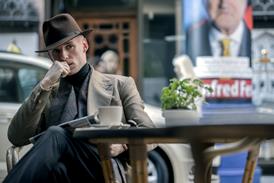




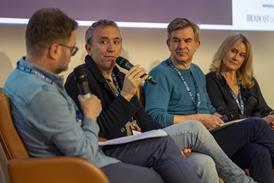



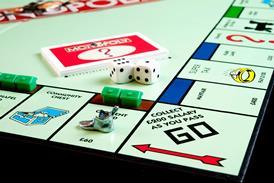


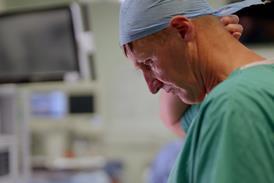

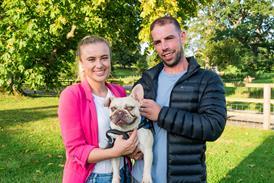












No comments yet